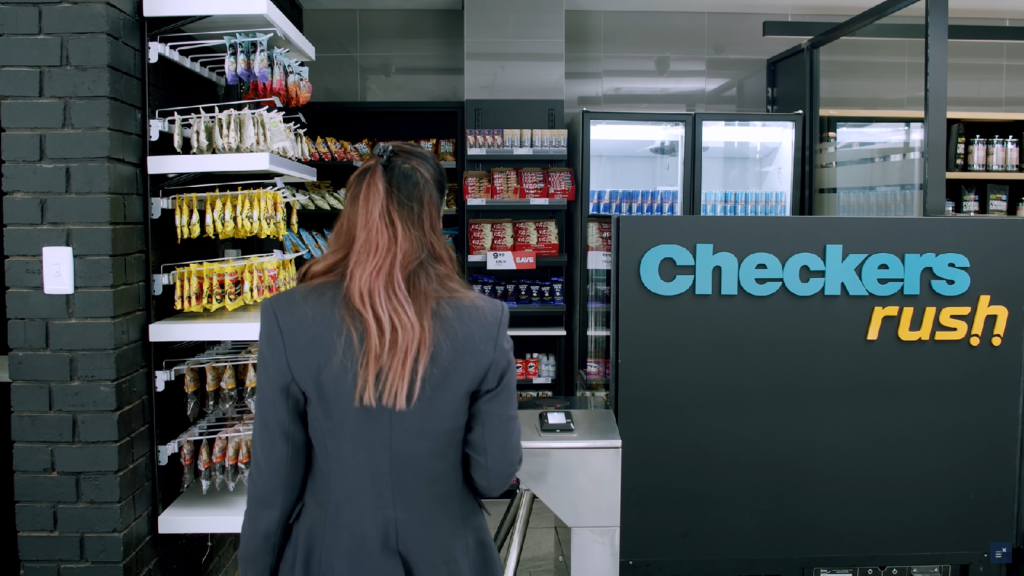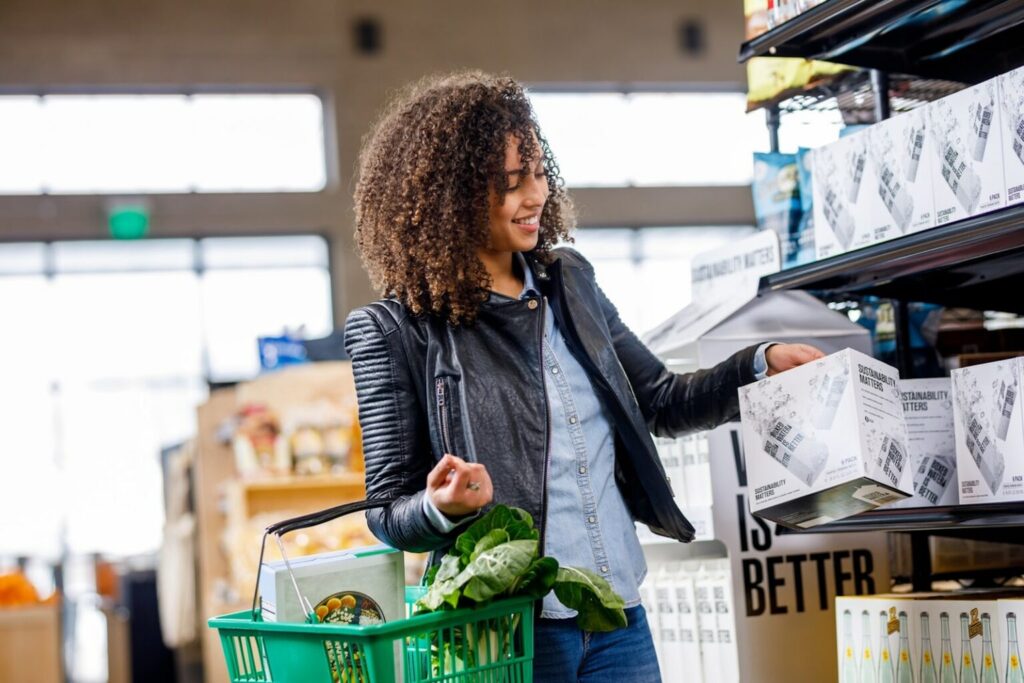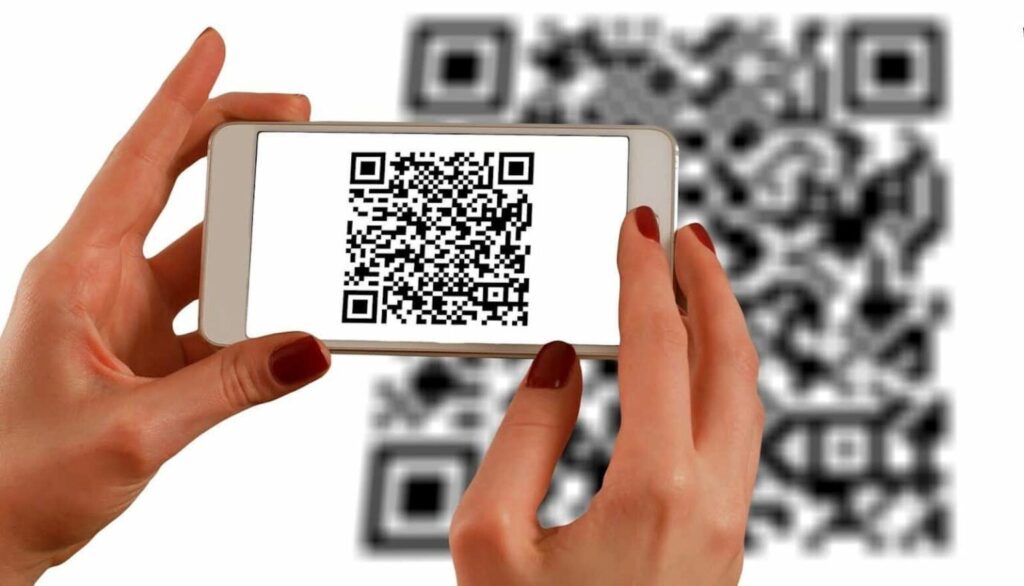

Have you ever imagined a store where you can walk in, grab something and just leave? If you have, you’re either really invested in the future of shopping in South Africa, or you’re a thief. We’re hoping it’s the former.
Shoprite has also been thinking about the future of shopping and has begun using AI and machine learning in their stores. The idea behind it is simple – Shoprite wants to help solve the ever-growing problem of food waste.
Not a Skynet

When people think of AI and machine learning, they often imagine scenarios where robots take over. Fortunately, Shoprite’s AI is a little less complicated. At the end of 2021, Shoprite began testing a concept store which would be fully automated. “No queues, no checkout, no waiting” is the goal.
Shoprite Group has created a new business unit called ShopriteX. This is responsible for the creation of the Checkers Sixty60 app and the Xtra Savings rewards programme. The unit is now heading the creation of CheckersRush, the automated cashless store, which can be found in Brackenfell, Cape Town.
“The next era of growth for us is about precision retailing. ShopriteX will use our rich customer data to supercharge a ‘smarter Shoprite’ and ultimately fuse the best of digital with our operational strength across the continent.” said Shoprite CEO Pieter Engelbrecht in 2021.
How it works
Here’s how things will go down. Any customer that wishes to shop from CheckersRush will require the free CheckersRush app to be installed on their phone. When entering the store, customers will need to scan their QR code generated in the app. Before being able to use the store, customers will need to load their relevant bank cards onto the app, so the store can make the necessary deductions.

Once inside, customers won’t have to do much more than choose the items they want and leave. A few minutes later, a receipt will be sent directly to the customer’s phone. It’s as easy as it sounds.
But how does the store know what you’re paying for? Inside the store, a series of cameras are placed in the ceiling, silently watching every product. The cameras are paired up with AI algorithms which are designed to track customers’ movements and can see exactly which items get put into a customer’s basket.
The AI has to be trained first before this can work, however. Since the store opened, employees have been test-driving it as often as possible, giving the AI algorithm information to learn from. As time goes on, the system will get better at that. Eventually, when enough time has passed, the cameras will be able to accurately identify the items taken off the shelves, 100% of the time. That’s the plan anyway.
This process will likely take quite a long time to become accurate. The AI will need to identify people wearing all sorts of clothes, whether or not customers put back items and if they put them back in the right spots.
Besides charging customers for their shopping, the AI will also be able to automatically place an order for stock that is running low or nearing its sell-by date. The AI was granted access to Shoprite’s customer demographic – which Shoprite pull from the Xtra Savings Rewards Programme. The information adds up to about a petabyte (1,000 TB) worth of data, which shows what products certain customers buy more often and when customers like to do their shopping. The system can then automatically place extra orders for busier months, or for when the products are most likely to be bought. For example, the system could order larger shipments of chocolates in time for Easter. This system will help the stores avoid excess food waste, and keep track of the more popular items.
The future of shopping
Once inside, customers won’t have to do much more than choose the items they want and leave. A few minutes later, a receipt will be sent directly to the customer’s phone. It’s as easy as it sounds.
But how does the store know what you’re paying for? Inside the store, a series of cameras are placed in the ceiling, silently watching every product. The cameras are paired up with AI algorithms which are designed to track customers’ movements and can see exactly which items get put into a customer’s basket.
The AI has to be trained first before this can work, however. Since the store opened, employees have been test-driving it as often as possible, giving the AI algorithm information to learn from. As time goes on, the system will get better at that. Eventually, when enough time has passed, the cameras will be able to accurately identify the items taken off the shelves, 100% of the time. That’s the plan anyway.
This process will likely take quite a long time to become accurate. The AI will need to identify people wearing all sorts of clothes, whether or not customers put back items and if they put them back in the right spots.
Besides charging customers for their shopping, the AI will also be able to automatically place an order for stock that is running low or nearing its sell-by date. The AI was granted access to Shoprite’s customer demographic – which Shoprite pull from the Xtra Savings Rewards Programme. The information adds up to about a petabyte (1,000 TB) worth of data, which shows what products certain customers buy more often and when customers like to do their shopping. The system can then automatically place extra orders for busier months, or for when the products are most likely to be bought. For example, the system could order larger shipments of chocolates in time for Easter. This system will help the stores avoid excess food waste, and keep track of the more popular items.
The future of shopping

“We are serious about being Africa’s most customer-centric retailer, and the launch of ShopriteX represents our investment in fit-for-the-future precision retail, which is increasingly digital and data-led,” said Engelbrecht.
It’s easy to see where Shoprite got its inspiration from. In the States, Amazon offers its users a similar concept, known as Amazon Go. That tracks purchases using a similar camera and AI setup. The purchases are then charged directly to the customer’s Amazon account.
Hopefully, the opening of the CheckersRush will pave the way for more South African stores to follow suit. Who knows, in a few short years, cashless stores may become the norm within the country.
